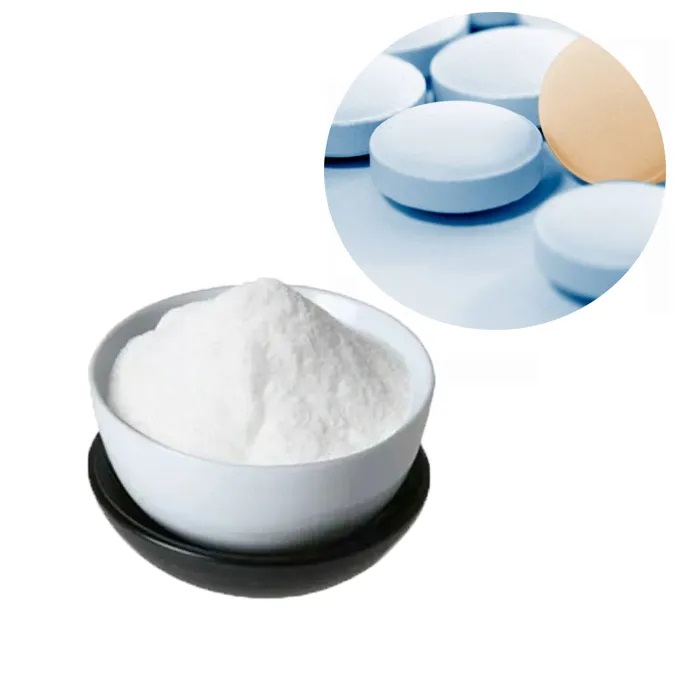We unleash your business potential by maximize the business innovation.
Send EmailHydroxypropyl cellulose, 9004-64-2, Hypromellose
CAS No. 9004-64-2
Chemical Name: Hydroxypropyl cellulose
Synonyms:
HPC;hydroxypropyl;L-HPC;KLUCEL;Hyprolose;Low-Substituted Hydroxypropyl cellulose;Hydroxypropyl cellulose - Average MW 80,000;Hydroxypropyl cellulose - Average MW 370,000;Hydroxypropyl cellulose - Average MW 1,000,000;Hydroxypropyl cellulose - Average MW 50,000 - 1250,000
CB Number: CB0241870
Molecular Formula: C3H7O*
Molecular Weight: 59.08708
MDL Number: MFCD00132688
Hydroxypropyl cellulose Properties :
| Melting point | 371.06 °C |
|---|---|
| Density | 0.5 g/mL at 25 °C (lit.) |
| refractive index | 1.5600 |
| storage temp. | Room Temperature |
| solubility | polar oganic solvents: soluble |
| form | powder |
| color | White to light cream |
| Odor | at 100.00?%. odorless |
| PH Range | 5.0 - 8.5 |
| PH | pH (20g/l, 25℃) : 5.0~7.5 |
| Viscosity | 3.0 to 6.0 mPa-s (2 %, H2O, 20℃) |
| Water Solubility | Soluble in polar organic solvents, in water at room temperature.Soluble in water, methyl alcohol, ethyl alcohol and other organic solvents. |
| Merck | 14,4841 |
| Stability | Stable. Incompatible with strong oxidizing agents. Combustible. |
| InChI | InChI=1S/CH4/h1H4 |
| InChIKey | VNWKTOKETHGBQD-UHFFFAOYSA-N |
| SMILES | C |
| CAS DataBase Reference | 9004-64-2 |
| FDA 21 CFR | 172.870; 73.1001 |
| Substances Added to Food (formerly EAFUS) | HYDROXYPROPYL CELLULOSE |
| EWG's Food Scores | 1 |
| FDA UNII | HYDROXYPROPYL CELLULOSE (160000 WAMW) (0A7M0N7SPE) HYDROXYPROPYL CELLULOSE (650000 WAMW) (1L0RPI3ASP) LOW-SUBSTITUTED HYDROXYPROPYL CELLULOSE, UNSPECIFIED (2165RE0K14) HYDROXYPROPYL CELLULOSE (110000 WAMW) (5Y0974F5PW) LOW-SUBSTITUTED HYDROXYPROPYL CELLULOSE (11% HYDROXYPROPYL; 140000 MW) (599BTP6K9F) |
| EPA Substance Registry System | Cellulose, 2-hydroxypropyl ether (9004-64-2 |
Description
Hydroxypropyl cellulose (HPC) is a derivative of cellulose being soluble in both water and organic acid. It is excellent in trapping water and preventing water loss. It can be used to treat diseases associated with insufficient tear production such as keratoconjunctivitis sicca, recurrent corneal erosions, decreased corneal sensitivity, and exposure and neuroparalytic keratitis. It is also used as a lubricant of artificial eyes. It can also be used as a thickener, an emulsion stabilizer and binder. Moreover, it can be used as a sieving matrix for DNA separation through capillary and microchip electrophoresis. It is also the major ingredient of Cellugel, which is used in book conservation.


